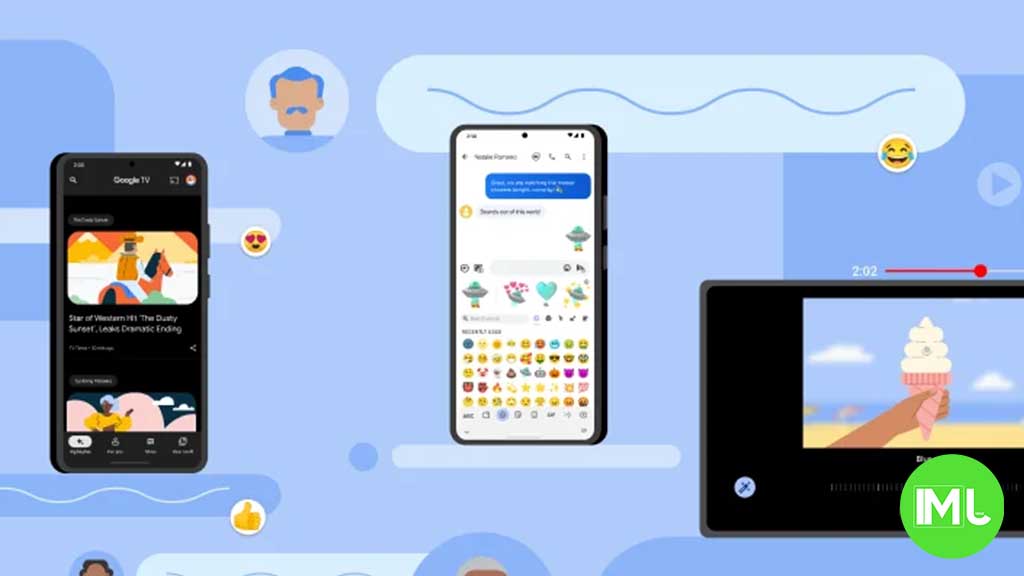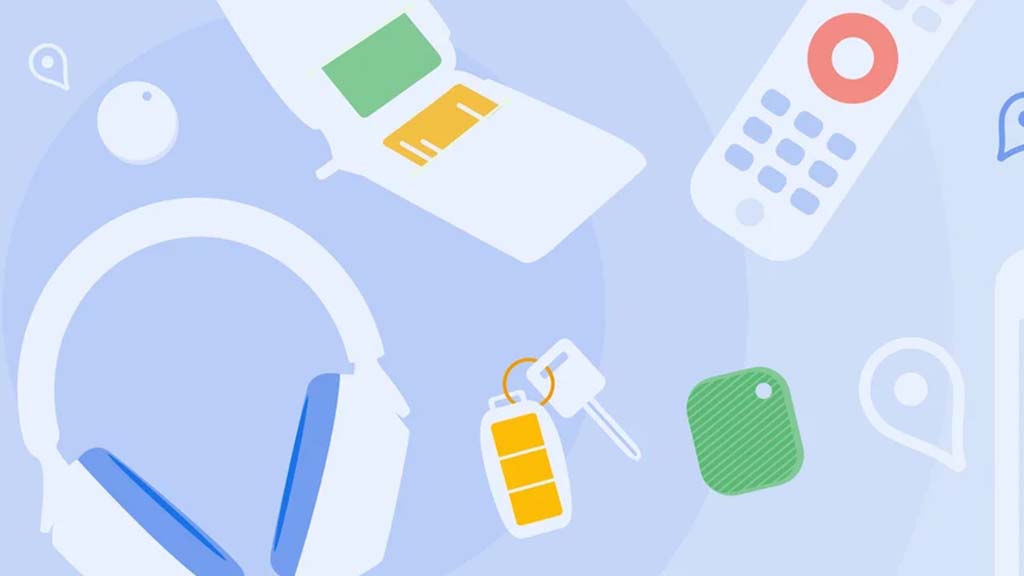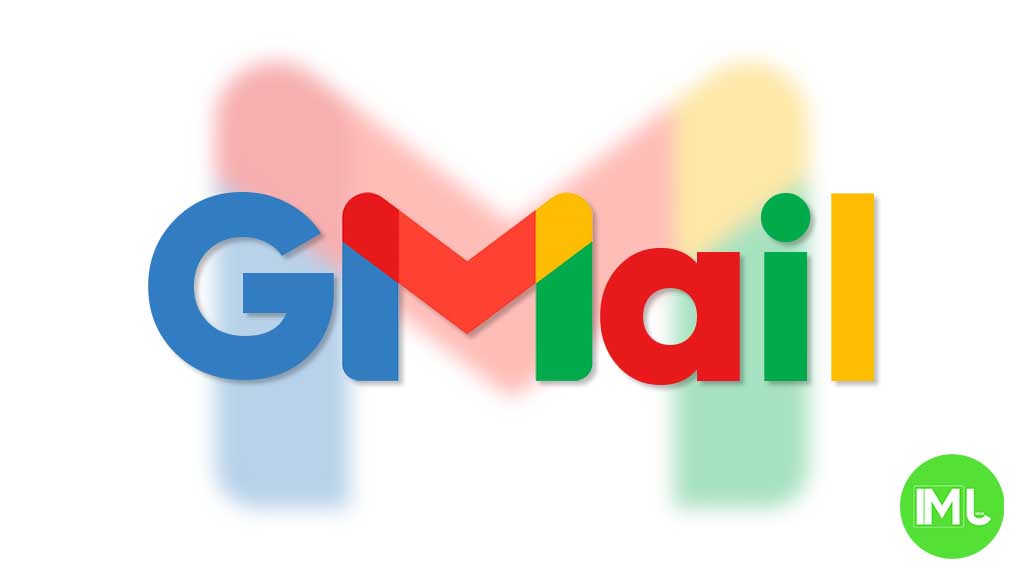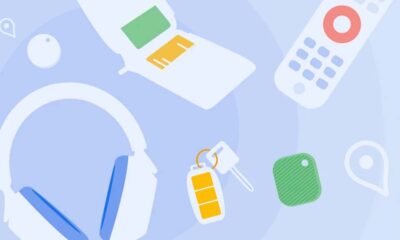Enhanced security features in Google Messages: spam protection and sensitive content warnings

Google is enhancing safety features within its Messages app by introducing new protections, including “Sensitive Content Warnings” for images containing nudity. This builds upon existing safety measures that currently help Android users block over 2 billion suspicious messages each month.
One of the key updates is the introduction of “enhanced scam detection.” This feature helps users identify scam texts that may initially seem harmless but can eventually lead to fraud. Using an on-device machine learning model, the system will automatically flag these messages, moving them into the spam folder or issuing a warning. This enhancement aims to offer better protection against scams that typically arise from package delivery notifications or job-related messages. The update will first be available to users who are part of the Messages beta program and who have already enabled spam protection settings.
Google is also working to counter more complex messaging threats, particularly those that involve attempts to impersonate trusted contacts. To address this, Google is creating a unified public key verification system for messaging apps. Users will be able to verify a contact’s identity through QR code scanning or by comparing phone numbers, ensuring that they are messaging the correct individual. This feature is expected to launch next year for devices running Android 9 or higher.
Furthermore, Google is expanding protections to alert users when they receive suspicious links from unknown senders. The Messages app will display warnings for such links, and this capability will be rolled out globally by the end of this year. After successfully piloting these dangerous link warnings in countries like India, Thailand, Malaysia, and Singapore, Google is now preparing for a wider launch. In addition, the app will block messages containing links from international senders who are not on a user’s contact list, starting with a trial in Singapore.
Another critical update is the introduction of “Sensitive Content Warnings” for images received through Google Messages. This feature uses on-device processing to automatically detect and blur images containing nudity before they are displayed. It will also include a “speed bump” warning to remind users of the risks before they send or forward explicit content, aiming to prevent accidental or inappropriate sharing.
Importantly, Google emphasizes that these warnings are processed entirely on the user’s device, meaning that Google cannot view the images or confirm whether they contain nudity. Adults will need to opt-in for this feature through Android Settings, while users under 18 will have the option enabled by default but can opt out if desired. The rollout of Sensitive Content Warnings will occur over the coming months and will be available for Android 9+ devices, including Android Go.
In summary, these enhancements in Google Messages reflect the company’s focus on improving user safety by addressing scam detection, preventing the misuse of explicit content, and increasing protection against suspicious links. The updates are designed to make communication safer and more secure for all users.
Android
Android’s Find My Device speeds up with UWB coming soon

Google’s Find My Device network for Android has gotten a big boost, making it much quicker to locate misplaced items. Recent checks show it’s now four times faster than it used to be, keeping up with Apple’s AirTags in crowded spots like malls or events. For instance, at CES 2025, a tracker tucked in a bag updated its location just as fast as an AirTag nearby. This speed-up is thanks to more Android users turning on tracking for all locations, not only busy areas, which helps the system spot items more reliably.
In less crowded places, the network can still have trouble since fewer Android phones are nearby to share location signals. But Google’s working on this by nudging users through app alerts to enable tracking in quieter spots. Plus, recent updates to tracker software and apps have made connections more stable and accurate.
Looking ahead, Google’s gearing up to roll out ultra-wideband (UWB) technology. This will let you find items with pinpoint accuracy, even within a room, using cool augmented reality (AR) visuals, much like Apple’s setup. The Moto Tag, a tracker ready for UWB, is already available, just waiting for Google to activate this feature. Not all Android phones support UWB yet, but future models like the Pixel 10 might include it. These changes prove Google’s determined to make its Find My Device network a top choice for tracking lost stuff.
Gmail and Google Photos get new design and useful updates

Google is giving Gmail and Google Photos some fresh updates to make things easier and more user-friendly.
First, Gmail on the web is now getting a new layout option. You can choose between “Cozy,” “Comfortable,” or “Compact” views based on how much space you want between your emails. Google is also adding a setting to control whether your inbox and labels stay on screen or only show up when needed. These changes make it easier to personalize how Gmail looks and feels.
Meanwhile, Gmail for iPhone is getting a visual upgrade. The app now uses Google’s updated design style called “Material 3.” You’ll notice a cleaner look with a rounded search bar at the top, smoother icons, and better spacing. Although the bottom bar and buttons look mostly the same, the overall design feels more modern and easier on the eyes.
Lastly, Google Photos is bringing back a helpful feature. The classic search shortcut that appears in the bottom bar is returning, making it quicker to find your photos. Before this, the shortcut had been removed when Google added the new “Memories” tab. Now, both features work together, letting you browse memories and search with ease.
These updates aim to make Google’s apps feel more useful, clean, and easier to use on both desktop and mobile.
Android
Android 16 boosts USB data safety and fixes delayed notifications on Pixel phones

Google’s upcoming Android 16 update is bringing better security and some helpful improvements, especially for Pixel phone users. One of the main features in Android 16 is a new way to protect your phone’s data when it’s connected to a computer through USB. Right now, when you plug your phone into a PC or laptop, it can access all your data as long as you approve it.
With Android 16, Google is adding an extra security layer that only allows limited access unless you enter your PIN, password, or use your fingerprint. This will help protect your files if someone tries to access your phone without permission.
At the same time, Google is also working on a fix for a frustrating issue that some Pixel users have been facing for months — delayed notifications. After the April 2024 update, many users noticed that app alerts were not showing up on time, especially from messaging apps. Google has confirmed the problem and says a fix will be included in a future update, though it’s not in the current April patch yet.
Together, these changes show that Google is focusing on both stronger privacy and a smoother experience for Android and Pixel users. Android 16 is expected to roll out later this year, starting with developer previews.
-

 Apps1 year ago
Apps1 year agoGboard Proofread feature will support selected text
-

 News1 year ago
News1 year agoSamsung USA crafting One UI 6.1.1
-

 News1 year ago
News1 year agoBreaking: Samsung Galaxy S22 may get Galaxy AI features
-

 News1 year ago
News1 year agoSamsung Galaxy S23 Ultra with One UI 6.1 and all S24 AI features revealed
-

 News1 year ago
News1 year agoOne UI 6.1 Auracast (Bluetooth LE Audio) feature coming to many Samsung phones
-

 News1 year ago
News1 year agoSatellite SOS feature coming to Google Pixel phones, evidence leaked
-

 Apps11 months ago
Apps11 months agoGoogle’s fancy new Weather app is finally available for more Android phones
-

 News1 year ago
News1 year agoGoogle Pixel evolves as Europe’s third best selling flagship










